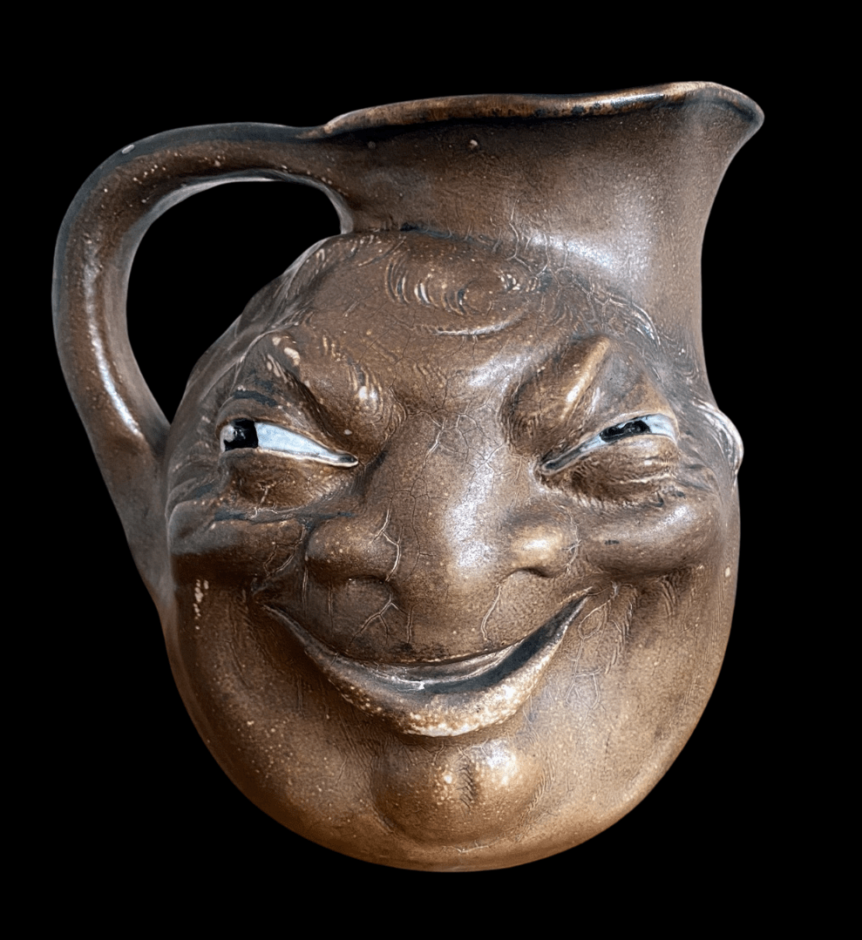What the editors of The Magazine ANTIQUES are looking at this week
Subscribe to the Wandering Eye for more.

RITES OF SPRING
This article celebrates the start of spring with James Paxton’s three-volume collection of hand-colored lithographs, Paxton’s Flower Garden. Dive into Paxton’s work as head gardener of Chatsworth, in Derbyshire, which got him interested in greenhouses, and ultimately led to his design for the Crystal Palace in 1851. (V&A Blog)
We hoped to avoid discussion of NFTs, at least until the medium had a couple more years under its belt. But our forward-thinking friend Robert Aronson makes the case for paying attention now. The Amsterdam dealer in delftware is offering two series based on a seventeenth-century tulip vase on the NFT marketplaceOpenSea. The subject matter seems fitting for a rapidly growing market that may yet wither and die. (Art Newspaper)
Igor Stravinsky died fifty years ago. Who cares? That’s the opinion of music critic Norman Lebrecht, who seeks to elevate another Diaghilev protege, Serge Prokofiev, to the pedestal occupied by the composer of The Firebird. (Critic)
Opening Day is upon us! That’s right folks, as of Thursday baseball will be back, and this year we’ll actually be allowed to go to the parks and take in the sounds and sights of the game. Get your popcorn! Beer here! And read about the history of the baseball cap here. Did you know that when the first organized nine-inning game was played in 1846 between the New York Knickerbockers and the New York Baseball Club, the players wore wide-brimmed hats made of plaited wood? (Smithsonian Magazine)
ARTS AND CRAFTS
At the turn of the twentieth century, four London brothers produced a particularly distinctive style of pottery that remains highly collectible today. Read about the “Sly-eyed birds, gaping toads, leering jugs, gurning tortoises—a parade of glorious stoneware grotesquerie from the hands and minds of the Martin Brothers.” (Open Art Fair)
The Victoria and Albert Museum provides an introduction to William Morris—the nineteenth-century British polymath and doyen of the arts and crafts movement. Biographical notes precede a link to the trove of works by Morris (textiles, wallpapers, drawings, furniture, and much more) held by the V&A. (Victoria and Albert Museum)
HISTORIES AND DATABASES
The V&A is also home to the National Art Library—an important resource for students of the decorative arts, and accessible to the public—that is currently in need of support. While implementing institution-wide cost-saving measures, the museum has been forced to consider restructuring the library and perhaps restricting its services. In light of this uncertain future, a petition is being circulated to support the library. Read the commentary from one (admittedly, biased) academic here. (Apollo)
Over the past few years more and more museums have put their collections online. The latest example is the Louvre, which has just introduced a portal to a virtual presentation of its entire collection of roughly five hundred thousand works of art. Enter and search this enormous trove of masterworks here. (Louvre Museum)
The collections of some other world-class institutions that have not yet devised a digital showcase of their holdings can be accessed with a new app that offers images of works from the Art Institute of Chicago, the Harvard Art Museums, the Minneapolis Museum of Art, and the New York Public Library Digital Collection. All images are public domain, free to remix, transform, or build upon. Enjoy! (Museo)
From “aerocars” to “zero-gravity”: introducing the Historical Dictionary of Science Fiction, a project initiated by the Oxford English Dictionary, then picked up by Columbia University lexicographer Jesse Sheidlower, and now, finally, available to all. (Internet Archives Blog/Historical Dictionary of Science Fiction)
Since the time of Vasari, artists’ drawings have been appreciated as not simply the products of genius but also as records on paper of genius’s direct, dynamic impact—something like a divine trace. This quality was more and more appreciated following the Renaissance, and collectors responded by encasing their precious drawings first in hand-drawn or printed frames, and then, when drawings made the leap from the pages of portfolios to the walls of fashionable houses, in real frames of wood and paint. (Frame Blog)

